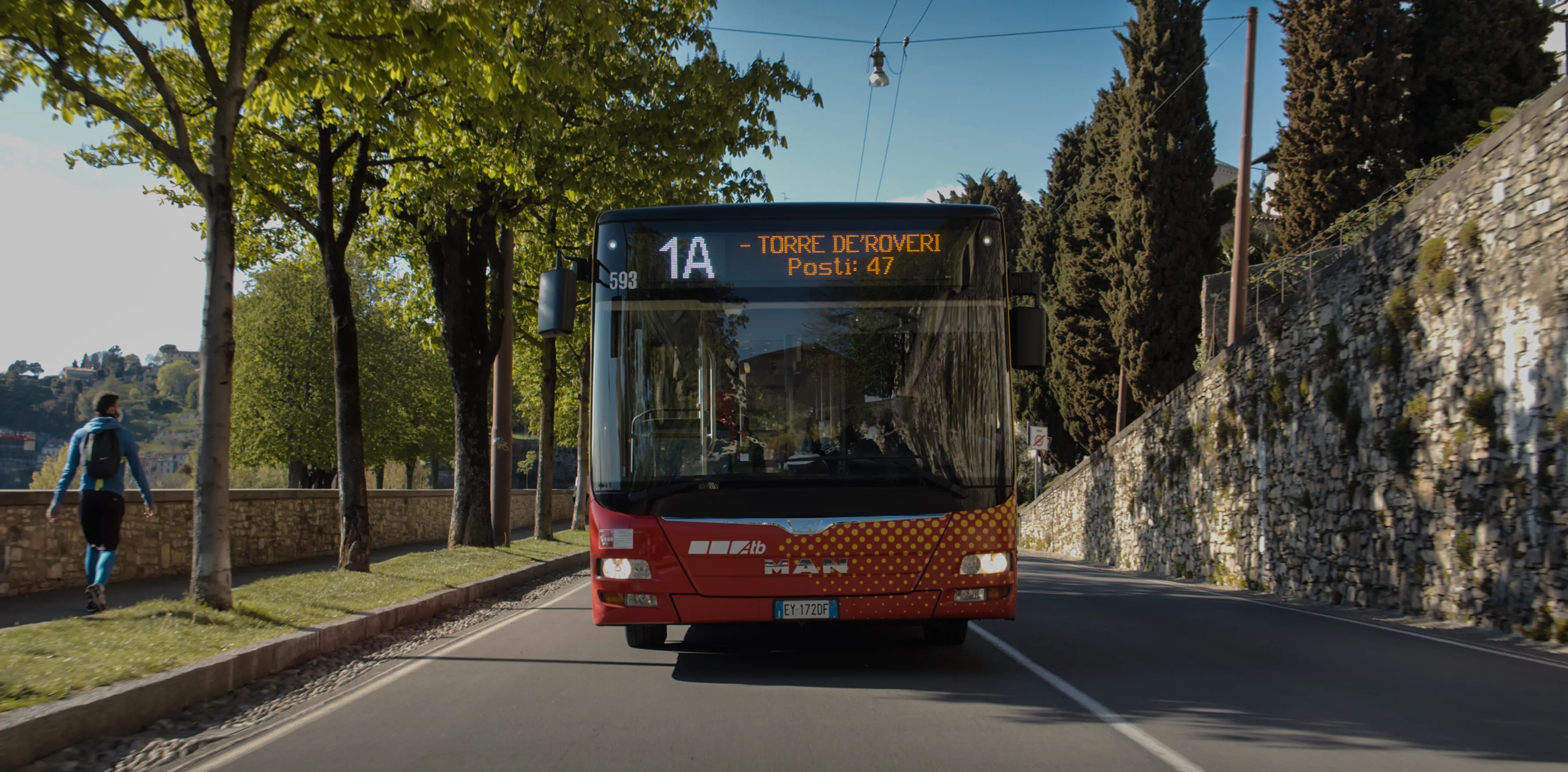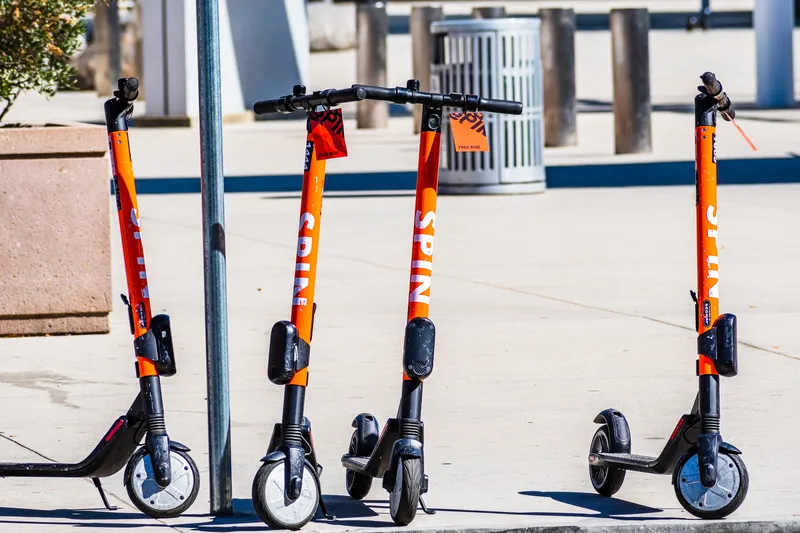
Conduent Transportation has introduced an automatic passenger-monitoring system in Bergamo, Italy.
Automated, infrared camera devices have been installed on buses managed by Azienda Trasporti Bergamo (ATB) and trams managed by its associated company, Tramvie Elettriche Bergamasche (TEB).
The vehicles are operating in Bergamo and surrounding areas, serving approximately 380,000 residents.
Conduent says the new solution will enable ATB and TEB to "easily comply" with Italian Ministry of Transport regulations on social distancing to mitigate Covid-19 infection risks.
The rules limit the number of bus and tram passengers to 50% of maximum capacity, as determined by the vehicle’s registration certificate.
The cameras count passengers boarding and disembarking and feed this data in real time into Conduent-developed software that reports the number of available seats to the driver’s on-board console and on bus external displays.
The number of seats is also displayed in ATB and TEB operations centres, which show the location of each vehicle on each line, and at passenger stops.
The data will be exported to the ATB mobile app too.
“After the impact of the Covid-19 emergency on the area, the Bergamo community wants to return to normalcy," says Gianni Scarfone, general manager of ATB and CEO of TEB.
"Public transport is an essential part of this restart."
Conduent's Jean-Charles Zaia, general manager, public transit, says: “Working with ATB and TEB, we have developed a powerful tool that provides passengers with essential information to use the public transport service safely.









